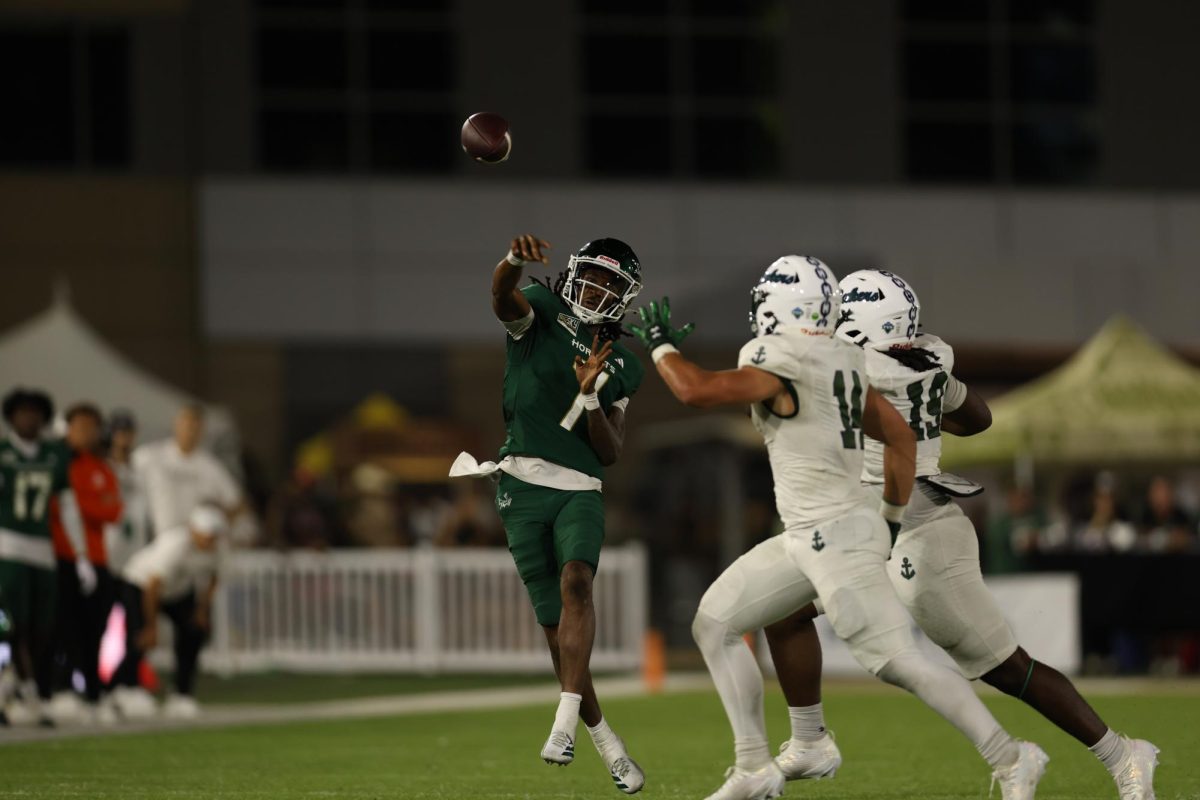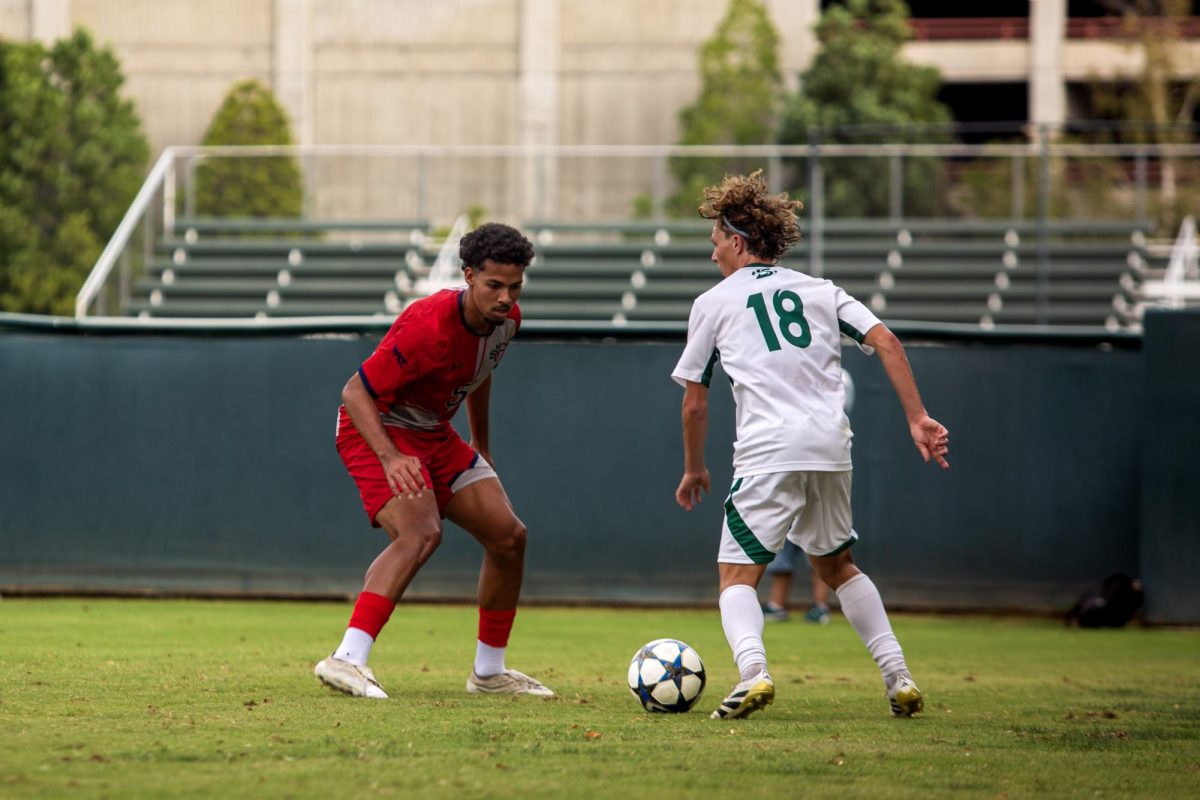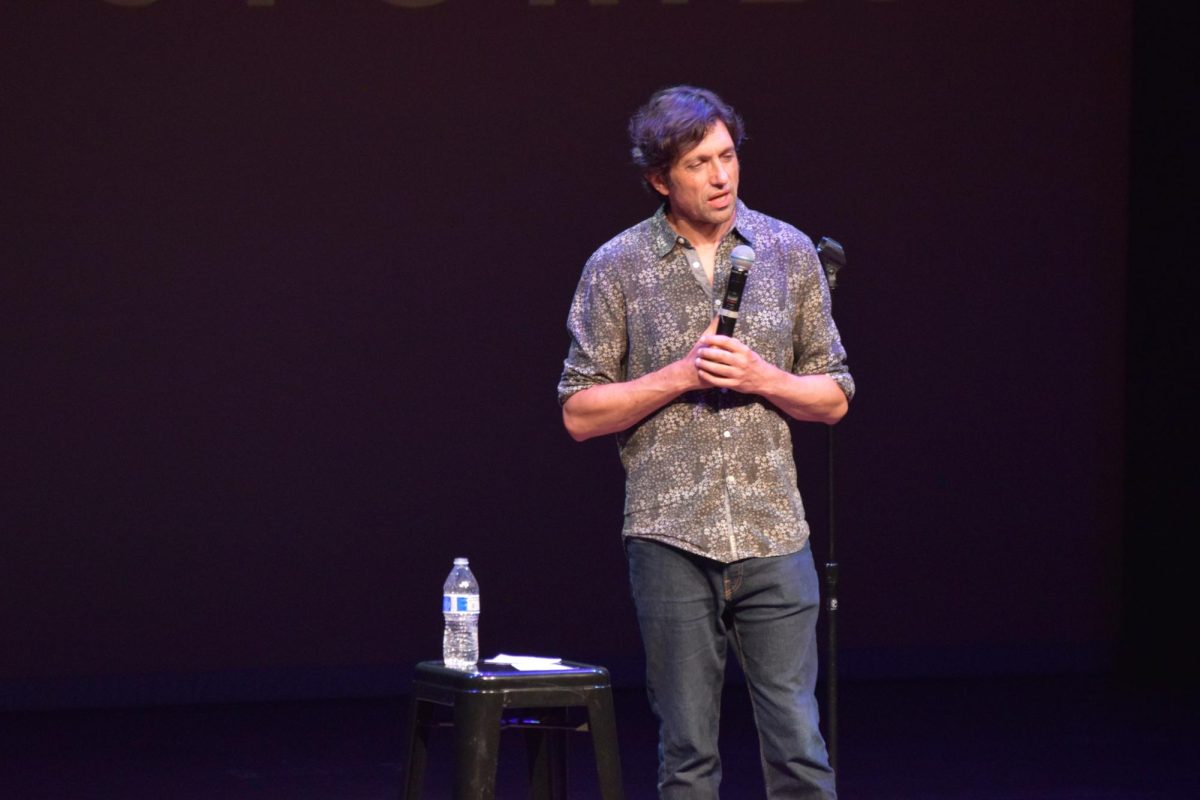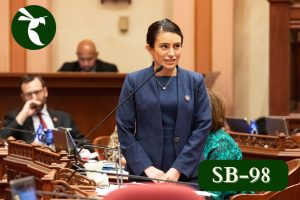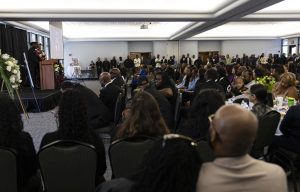Athletics fee shows up again
April 11, 2009
Sacramento State’s Athletics Department has a $500,000 budget shortfall and is asking students to help out during the upcoming Associated Students, Inc., election.
On March 18, ASI board members voted to place a referendum on the April 28-29 ballot asking students to pay an additional $60 over the next three years to fund the athletics department.
Students have been paying a $62.50 fee in conjunction with tuition to fund the department. If the measure passes, the fee will be doubled.
Director of Athletics Terry Wanless said if the fee increase doesn’t pass, the department will seriously consider eliminating athletic programs.
Wanless didn’t identify any programs that might be cut, but said the department has estimated it would have to cut three programs to properly fund the rest of the department.
Deputy Director of Athletics Bill Macriss said the referendum will increase the athletic fee roughly $18 during the 2009-10 school year, about $21 in 2010-11 and by approximately $24 in 2011-12.
He said one of the main reasons for the department’s budget shortfall is that funding for the athletic department, especially when it comes to scholarships, has stayed the same in the last couple of years.
Macriss said the department was counting on a steady increase in enrollment among students at the university. As more students enrolled at the university, more money was paid to the athletic department through tuition fees.
He said the department didn’t expect the cap in enrollment that has occurred within the last couple of years, which slowed down the funds it received from students.
While this was happening, the department expanded its programs and scholarships.
Wanless attributes the increases in the athletic department to a campus-wide philosophy that student enrollment would keep increasing.
“There wasn’t any official memo saying we need to grow,” Wanless said. “But there was a feeling throughout campus that enrollment could possibly go up to 35,000 students.”
Macriss said in 1995, about 91 student-athletes received scholarships at about $7,162 per student. Now, about 208 student-athletes are receiving scholarships through the athletic department at about $14,000 per student.
He said the money is needed to uphold the athletic program and the scholarships offered to student-athletes. Without it, the school could possibly lose an important part of Sac State.
“Think about having a beautiful house with an ugly front porch,” Macriss said. “People would have an incorrect interpretation of your home. We don’t want that to happen at Sac State with our athletic department.”
Wanless said the retention and improvement of the athletic department is not just about winning games; it’s about improving the image and culture of Sac State and adding additional value to students’ degrees.
Although a great athletic department isn’t the only factor to improve Sac State, Wanless said it is an important factor.
“Our goal is to give students a change to paint their face green and gold and rush the court after winning a championship game,” Wanless said. “The fee increase can help make this possible.”
Wanless said the fee increase would help prevent future deficits within the department by building a solid athletic program that can be funded with external dollars. Wanless plans on introducing more business sponsorships to Sac State sports teams within the upcoming years.
ASI Director of Arts and Letters Andres Perez voted to place the fee increase on the ballot. He said the student government has been expecting the athletic department to ask for a fee increase.
He said the last time the athletics department asked for a fee increase was in 1995; no increase has been requested since.
ASI’s Vice President of University Affairs Felix Barba was the only member to vote no on adopting the referendum.
Although he said he wholeheartedly supports the board’s decision, he felt this fee increase should be the athletics department’s responsibility, not ASI’s.
If passed, the fee increase will be placed under ASI’s Student Activity Fee, which will then go directly to the athletic department.
Barba said he wanted students to know the money is going straight to the athletic department, not ASI.
He also said ASI adopted the measure because historically the athletic department has channeled fee increases through ASI. Barba believes this isn’t the right way to do things.
In the past, the athletic fee increases have led to controversy within the student government.
In 1986, ASI adopted a resolution to place a $13 increase on the student activity fee, with $8 going toward the athletic department. The increase passed and Donald Gerth, then-president of the university, adopted the increase.
In December 1986, the board placed a referendum on the fall election ballot to repeal the fee increases because a number of students sent complaints arguing that the voter turnout was poor, the referendum was poorly publicized and that it didn’t have enough support among students. The repeal passed.
According to memos between ASI and Gerth, the president did not respond to the repeal. The fee increase was mandated and ASI refused to pay the athletic department the increased funds because of the repeal.
In March 2007, David Burns, ASI’s president at the time, gave the increased fund money to the athletic department without the consent of the board. The board quickly censured him.
In the end, ASI decided to uphold the commitment of the initial fee increase.
In 1995, the student government placed a measure on the spring ballot increasing the athletic departments portion of the student activity fee by $45; the measure passed.
For that increase, the department had to follow a contract that required providing free admission for students to sporting events, allocating funds to promote campus activities and having student-athletes achieve graduation rates similar to non-athletes.
In 1999, then-Vice President of Student Affairs Sean South had doubts about whether the athletic department had upheld the contract, and proposed legislation to renegotiate the contract.
“Basically, the students voted for this contract,” South said in a May 1999 State Hornet article. “I just want to make sure the money is being spent properly.”
Macriss said he remembered the incident and said the department quickly showed South and the board that it was in line with the contract.
He said the relationship between the athletic department and ASI is now solid and doesn’t see any disruptions to that in the future.
Michael Mette can be reached at [email protected].

















































